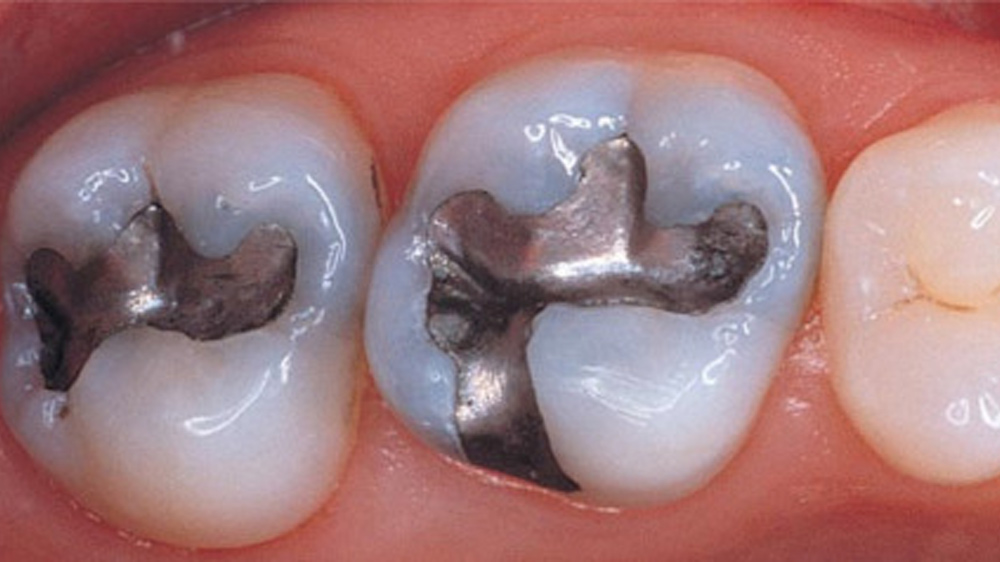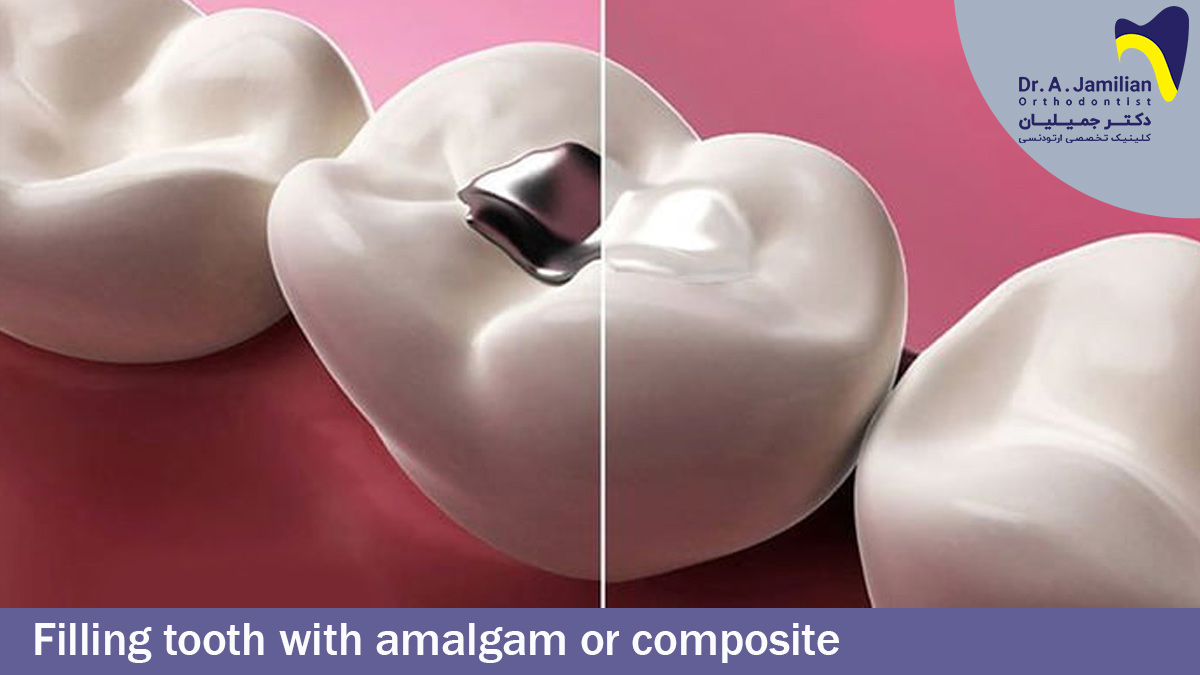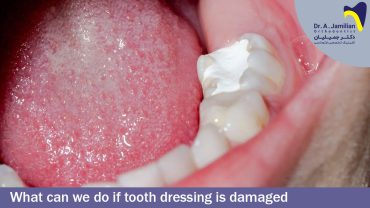A variety of restorative materials are currently being used to repair, replace, or enhance the teeth. This includes amalgam and different types of composites. If tooth decay or dental caries are repaired by conventional restorative dental materials or veneers, they would be replaced after a period of time. Depending on the type, extent, and location of tooth decay, amalgam or composites may be used for dental filling.
Dental amalgam is a liquid mercury and metal alloy mixture (consisting of silver, tin, and copper). About half of the weight of dental amalgam is composed of mercury.

What Is Dental Amalgam?
Amalgam is an “excellent and versatile restorative material” commonly used in dentistry for several reasons. First of all amalgams are easy and less expensive to handle / use. In addition, it can be formed in a way to fill any irregular volume for a while and then hardens. The lifespan of amalgams is higher than other restorative dental materials, such as composites.
Amalgam is still the material of choice for posterior tooth restoration, as it is stronger and more durable than tooth-colored restorative dental materials. Amalgam needs to be compacted in order to prevent it from breaking. The mechanical attachment between amalgam and the teeth is often supported by bonding systems. Some disadvantages of amalgams are as follows: it takes longer to harden, its use may be sometimes restricted due to aesthetic issues and the client’s preferences, and its conductivity as a metal alloy may cause sensitivity to cold and warmth (this sensitivity gradually improves).
What Is A Dental Composite?
Tooth-colored restorative dental materials, such as composites, do not need to be compacted. Composite dental fillings are placed on the teeth layer by layer and harden very quickly. Some formulations of dental composites release fluoride. Dental composites are attached to teeth through bonding systems supported by a mechanical connection. A disadvantage of dental composites is their continued polymerization and high thermal expansion coefficient. Those specifically is how it lead to micro-leakages, bacterial infiltration, discoloration, and tooth decay.
Delayed hardening of dental composites leads to the immense absorption of moisture and develops a large possibility of their detachment from the tooth in the long run. Composite restoration also requires more technical sensitivity and complete insulation of the tooth. Since saliva, blood, and moisture prevent the proper attachment of composite materials to the tooth, they cannot be applied to areas adjacent to the gums. More specifically, where it’s not possible to insulate the tooth. Note that you can prevent the possible discoloration of composite materials through periodic tooth polishing.

Price Difference Between Amalgam And Composite
Dental composites are more expensive than amalgams because dental filling with composite materials requires additional equipment and supplies and the dentist’s high proficiency. Therefore, dental filling with composite materials is more costly than dental filling with amalgam.
Which One Is Better For You Dental Composites Or Amalgams?
Since amalgams are made of strong and durable materials, they are a great option for filling the molars. Dental composites are also relatively durable materials that can be used for small or moderate fillings of the teeth that are responsible for gentle chewing. In general, dental filling with either of amalgams or dental composites has its own advantages and disadvantages. We discussed the advantages and disadvantages of both to help you get familiar with them. However, it is the dentist personally who decides to choose which of the restorative dental materials based on the client’s preferences and the tooth conditions.
Filling Tooth With Amalgam Or Composite FAQ
1-Which one is better for dental filling amalgam or composite?
Amalgams are more durable restorative materials for filling occlusal surfaces. White restorative materials are usually weaker and less durable than silver ones. However, dental composites are more attractive choices for most clients because composite materials are very similar to natural teeth in color.
2-Do dentists still use amalgam for dental filling?
Since amalgams are made of highly durable materials, they are still used for dental filling in dental schools, clinics, and hospitals around the entire globe.
3-How long should we avoid eating after filling a tooth with amalgam or dental composite?
Do not chew food for at least two hours after filling your teeth. There is nothing wrong with drinking fluids. You can continue your normal diet after two hours.
4-How long does amalgam or composite filling last on the front teeth?
Dental composites are better for filling the front teeth as these teeth are easily noticed by others and greatly affect the beauty of teeth and smile. The durability of dental composites may reach over 10-15 years if you take special care of your teeth and avoid biting hard foods with them.



